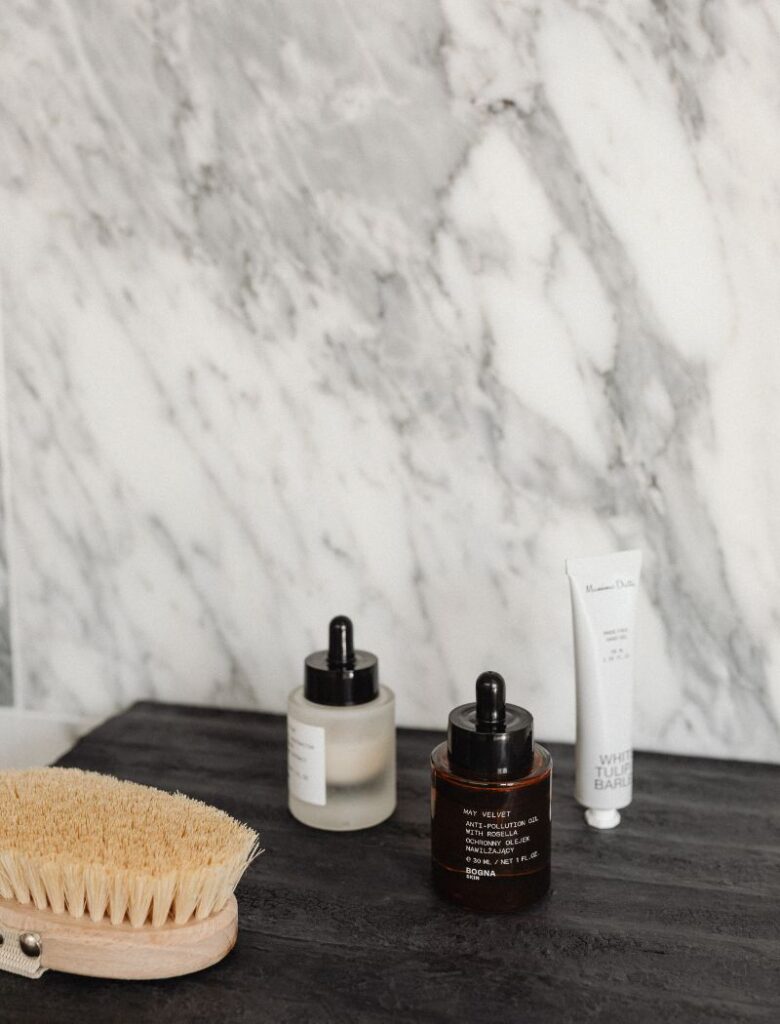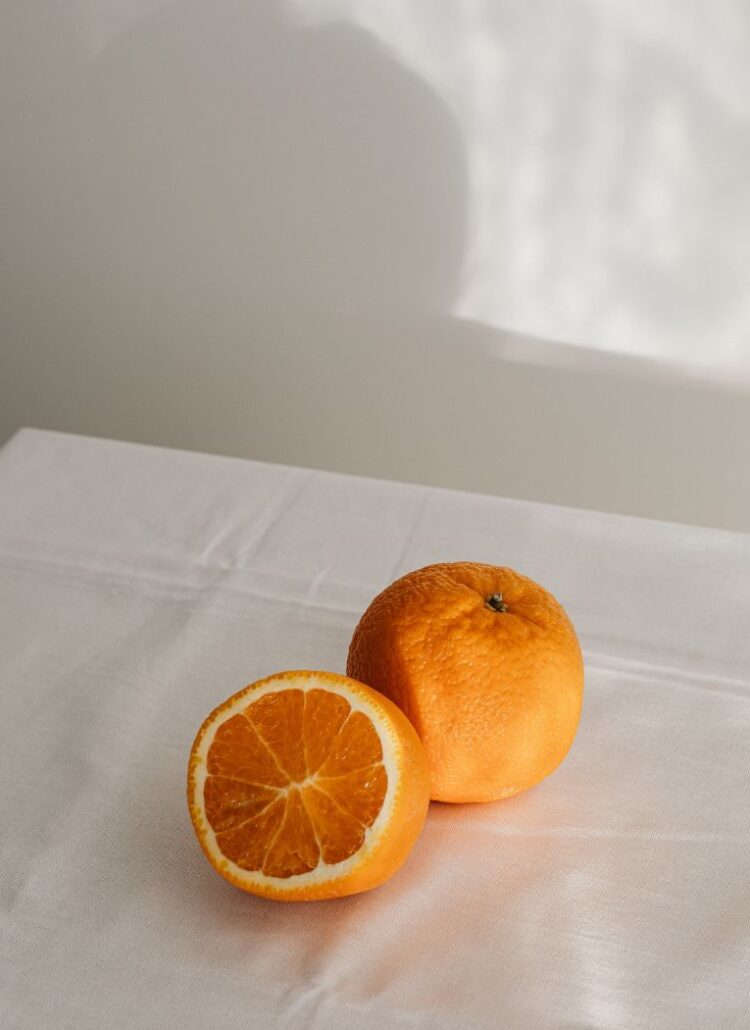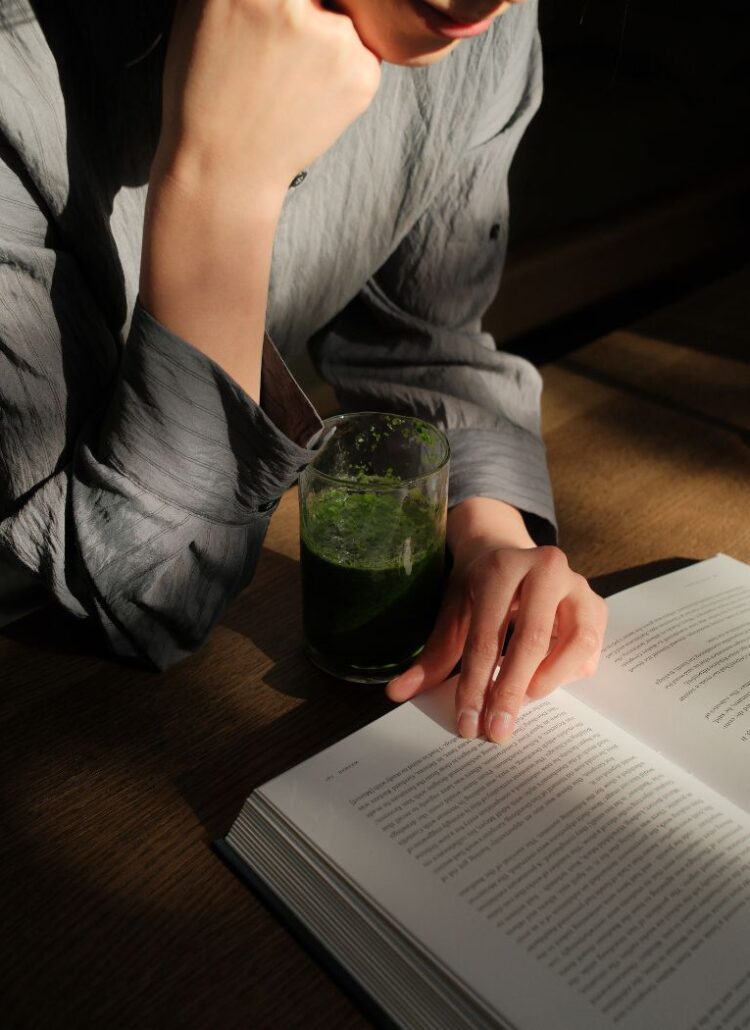This post may contain affiliate links, which means I’ll receive a commission if you purchase through my links, at no extra cost to you. Please read full disclosure for more information.

If you want to improve your overall health while doing more to protect Mother Earth, you aren’t alone. Fortunately, many of the practices and products that benefit one also improve the other. Clean beauty and home products are no exception, giving you two good reasons to consider switching this year.
However, it’s tough to judge what actions make the greatest impact, and labels don’t always help. Is a product’s claim too good to be true? How can you avoid greenwashing? A mindful approach, paired with education, empowers you to make better choices to keep yourself and your home tidy while doing the same for planet Earth.
What Are “Clean” Beauty and Home Products and Why Should You Switch?
Let’s face it — nobody says, “I love to poison myself with chemicals while destroying the earth for my kids and grandkids.” However, there’s also no doubt that people participate in questionable and downright unhealthy behaviors every day. Perhaps the problem is less a lack of motivation and more a need to understand how certain substances and practices affect human and planetary wellness.
What are “clean” beauty and home products, anyway? While there’s no one definition, such items possess the following three qualities.
1. Clean Is Non-Toxic to People, Pets and the Planet
Even the term “non-toxic” has several definitions, depending on whether you consult a traditional, legal or medical dictionary. A toxin is a poisonous and unstable compound known to cause disease. In environmental terms, it is capable of disrupting entire ecosystems and destroying multiple life forms. Something non-toxic doesn’t disrupt living organisms or contribute to their untimely demise.
While that explanation sounds simple, putting it into practice gets tricky. For example, apple peels are non-toxic. When properly composted, they revert to soil, rich in nutrients and ready to nurture the next generation of growing things. However, when thrown into anaerobic landfill conditions, it contributes to methane gas production, which impacts rising global temperatures.
The best clean beauty and home products are non-toxic from start to finish. They contain ingredients that won’t poison your loved ones while you use them, and disposing of them means depositing the container in the recycling or compost bin. Ideally, they also cost little in terms of energy and emissions to create and transport to your local store.
2. Clean Provides Lasting Value
There’s a perception that clean equals expensive. This truth often holds only in the short term. For example, inexpensive materials usually contain harmful chemicals such as PFAs.
These so-called “forever chemicals” earned the nickname because your body can’t break them down. While it’s cleaner to transform an old T-shirt into a rag than to use paper towels, it’s even better to invest in high-quality, non-synthetic fabrics that don’t contain toxins that linger in the environment. The same goes for disinfectant spray — after all, the cost of an ambulance and hospital bill in the U.S. far outstrips extra pennies spent on non-toxic formulas.
3. Clean Nurtures Positive Health
Clean beauty and home products also support positive health. They fit seamlessly into a holistic wellness program. For example, the same orange that gives you a healthy dose of vitamin C keeps your garbage disposal fresh — simply send the rind down the drain with a few ice cubes to disinfect and get rid of funky odors.
What Is Greenwashing?
When switching to clean health and beauty products, you must keep an eye out for greenwashing. Greenwashing occurs when companies use marketing tactics to convince you that a product is more environmentally friendly than it actually is. Those who engage in this practice use five basic tactics to trick consumers, including misleading labels, deceptive imagery and irrelevant claims.
Learning what ingredients to avoid and making mindful choices prevents you from falling victim to greenwashing. While finding the cleanest beauty and home products is an admittedly tricky business at times, it pays dividends in feeling healthier, having more energy each day and feeling less guilty about your carbon footprint.
4 Ways to Switch to Clean Beauty and Home Products
Switching to clean beauty and home products means making different decisions. Here’s your four-step guide to a gentle conversion.
1. Make DIY Cleaners
The internet abounds with recipes for natural cleaners for every room of your home. For example, baking soda is a perfect, all-natural abrasive that works on everything from your bathtub and toilet to that crusty, baked-on gunk in your oven. Add water to make a paste, slather it on, give it time to partially dry and let elbow grease do the rest.
Distilled white vinegar fell out of vogue during the height of COVID-19 as it didn’t make the EPA’s approved list of cleaners. However, recent research suggests that the acetic acid levels in typical household concentrations are strong enough to neutralize this virus and many others, making it an easy choice for wiping down countertops.
DIY cleaners also use the same container over and over. Even recycling takes energy — reducing waste is the greenest option.
2. Seek Plant-Based Cleansers
Although you may need to patronize specialty stores, more plant-based cleaners have made their way onto conventional shelves in recent years. For example, you can find ECOS products in many groceries, a company powered by 100% renewable energy that even offsets their employee’s commutes. Seventh Generation is another popular brand that uses natural formulas and recycled packaging and is a Certified B Corp and Rainforest Alliance Certified.
It’s worth it to do a little research on the brands you choose — after all, you probably carry a smartphone everywhere. Put that device to good use to research a brand’s corporate responsibility page and hold companies accountable with your pocketbook.
3. Learn What to Avoid
Many household cleaning products contain volatile organic compounds. VOCs easily evaporate into the air and can cause multiple health problems, including cancer, liver and kidney disease, bone marrow disorders and nervous system malfunctions. They also spur lung conditions like COPD and can trigger asthma.
It’s tough to tell which products contain VOCs. However, those with the USDA Organic, GreenGuard or A Safer Choice labels generally contain far fewer than traditional formulas.
4. Seek Professional Advice
This tip applies more to clean beauty products to reduce waste. If you have a medicine cabinet full of preparations that don’t work, consider a dermatologist visit. While the visit can cost you, so can spending money on pricey creams and serums. A professional evaluation provides deeper insight into what products work best for your unique skin type, keeping more money in your wallet and helping you tread lighter on the planet.
Switching to Clean Beauty and Home Products
It’s tough to tell which products to choose among a sea of choices. However, doing a little research and switching to clean beauty and home products can make a significant difference in how you feel daily.
Your wise decision-making also benefits planet Earth and all the future generations that call her home. You have the tools you need to make a positive difference for yourself and the planet.

Cora Gold
Contributor
Cora Gold is the Editor-in-Chief of Revivalist magazine, a publication dedicated to happy, healthy, and mindful living.





Leave a Reply